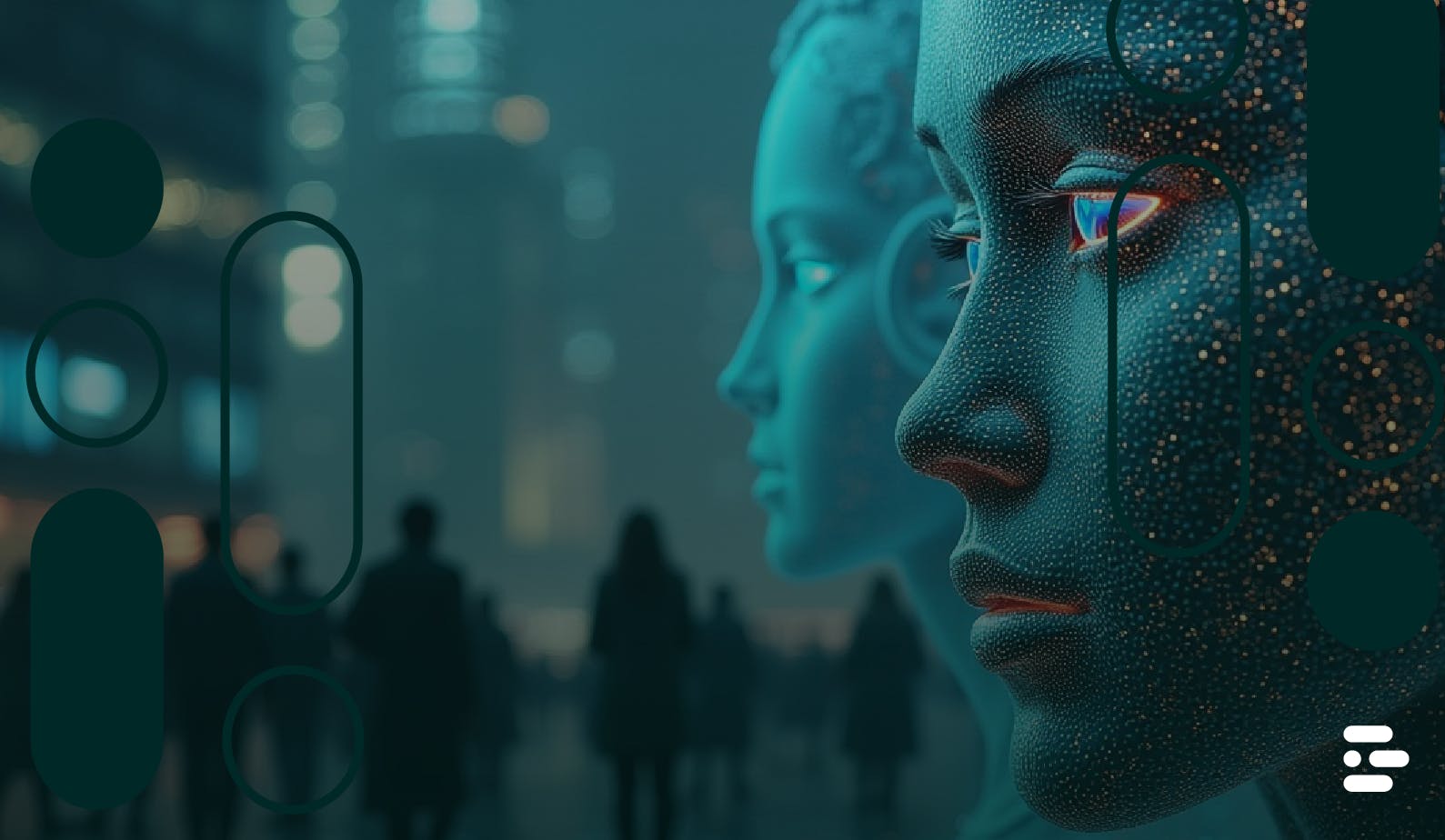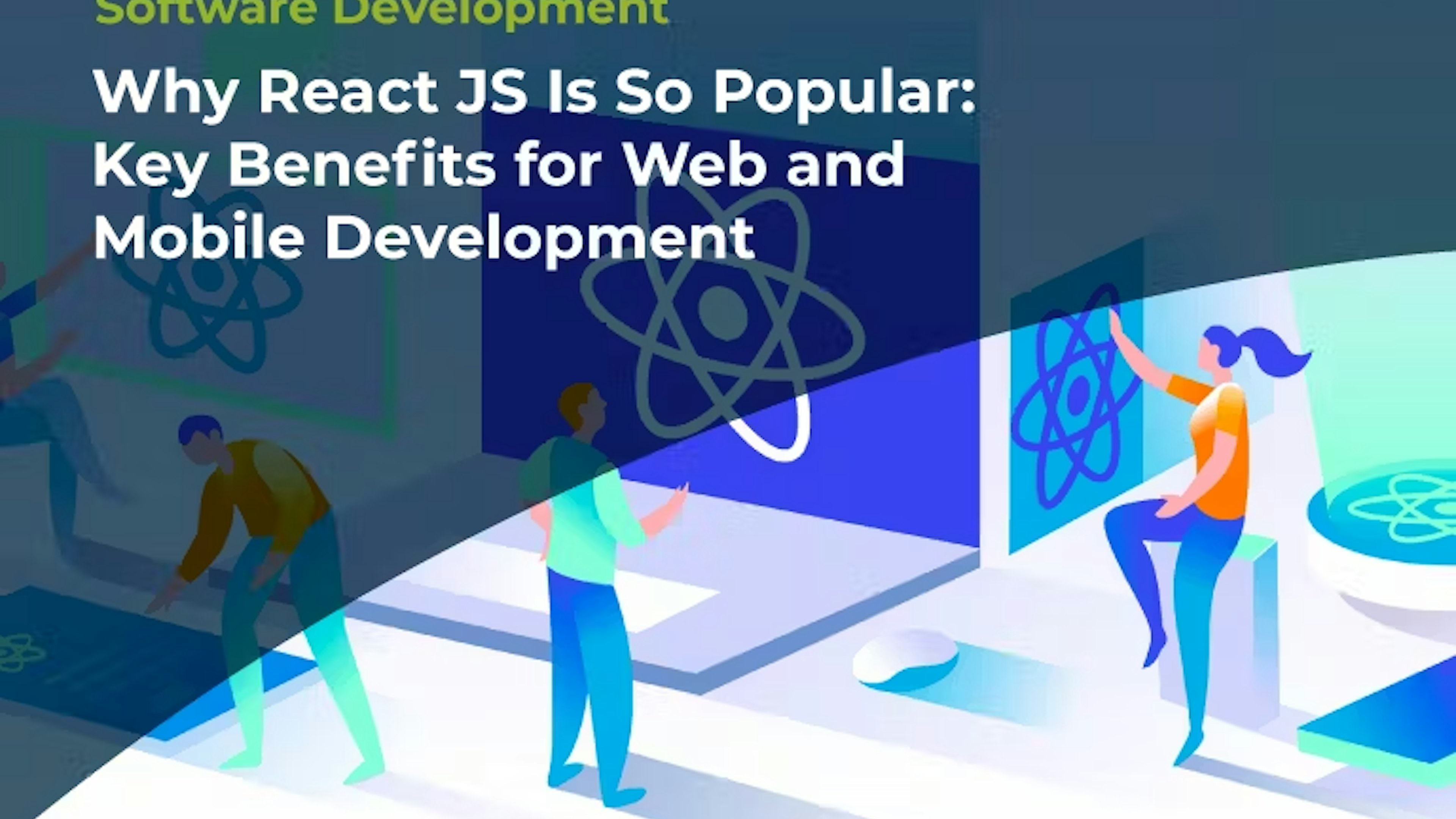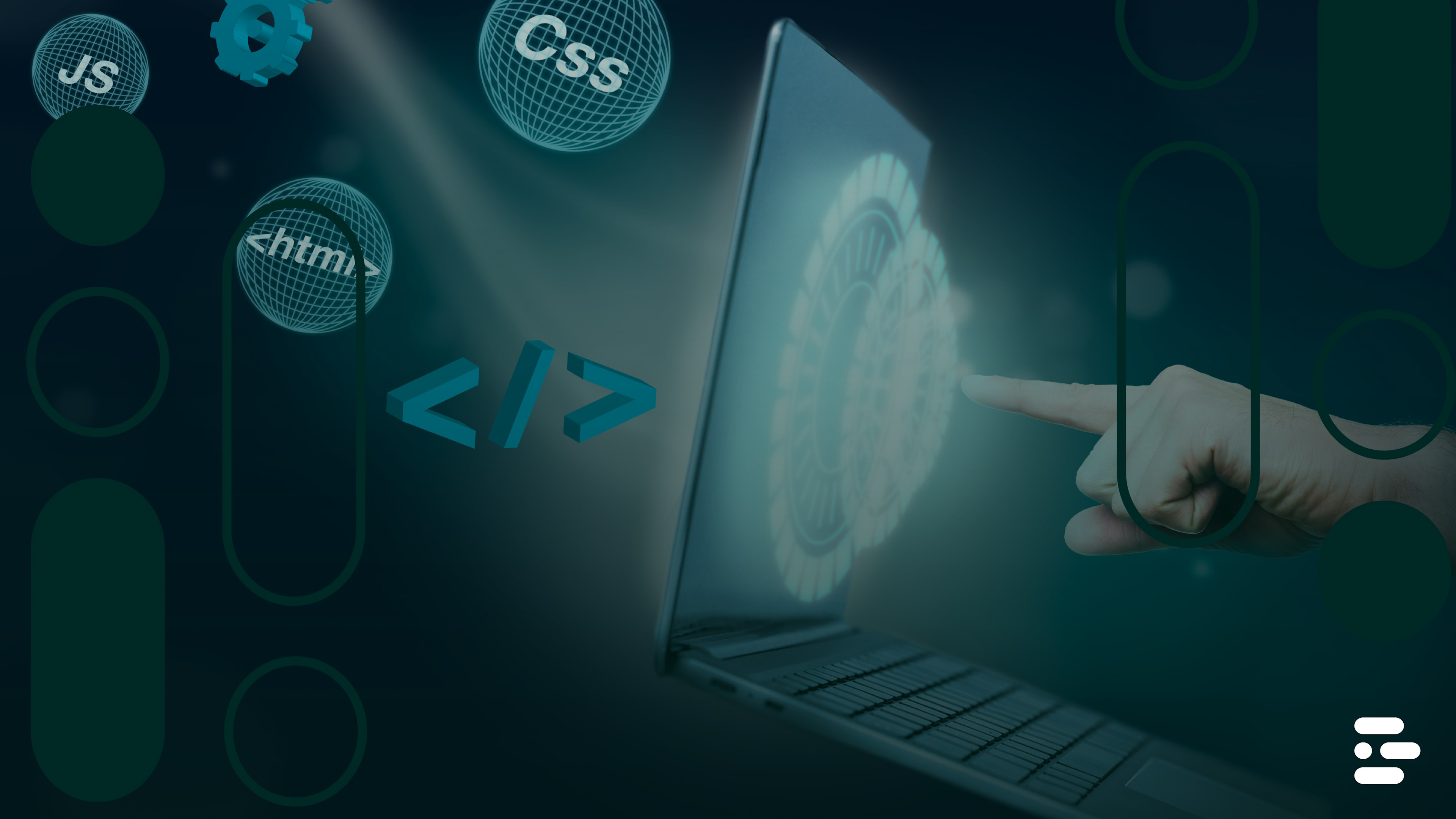The Rise of AI-Native Development: A CTO’s Playbook for Transforming Software Delivery


The world of software development is undergoing a seismic shift, driven by the rise of Artificial Intelligence (AI)-native technologies. No longer confined to limited use cases like basic code suggestions or debugging, AI is evolving to become an integral part of how software is developed, delivered, and maintained. For CTOs, CEOs, engineering managers, and enterprise leaders, understanding the potential of AI-native software engineering is critical to staying competitive and future-proofing operations.
This article unpacks what AI-native development means, explores its transformational potential across the software development lifecycle (SDLC), and provides actionable insights on how enterprises can adopt AI-native practices to deliver business value.
What Is AI-Native Software Engineering?
AI-native software engineering refers to a framework in which AI technologies are foundationally integrated into the SDLC. Unlike traditional AI-augmented practices, where AI is used in isolated workflows, AI-native processes harness autonomous or semi-autonomous AI capabilities to perform a significant percentage of tasks across design, coding, testing, and deployment.
By leveraging AI tools that proactively recommend actions, generate code autonomously, and perform self-healing operations, development teams can focus on strategic and creative tasks rather than repetitive, time-consuming work.
Key Features of AI-Native Software Engineering:
- Autonomous and Semi-Autonomous Workflows: AI performs tasks such as code generation, test creation, and runtime optimization with minimal human intervention.
- Human-AI Collaboration: Developers act as conductors, orchestrating and guiding AI systems to align with business goals without getting bogged down in manual tasks.
- Enhanced Feedback Loops: AI-supported workflows enable faster prototyping, data-driven decision-making, and agile delivery cycles.
- End-to-End Workflow Optimization: From ideation to deployment, AI tools deliver efficiencies across various stages of the SDLC.
The Evolution of AI in Software Development
AI-driven tools have already disrupted software engineering practices, but the shift to full AI-native development will redefine workflows entirely. Gartner predicts that by 2028, 90% of software engineers will use AI code assistants, compared to less than 14% in 2024.
Here’s how the progression from AI-augmented to AI-native development looks:

This transition will require not only technical innovation but also cultural and organizational shifts to ensure developers and leaders are prepared for new workflows.
How AI Transforms Key Areas of Software Development
The potential of AI-native tools lies in their capacity to enhance every stage of the SDLC. Below are five areas where AI is already transforming software engineering and how AI-native practices will amplify these changes.
1. Customer-Centric Design Through Upstream Workflows
AI-native tools foster creativity by enabling better decision-making during the product discovery and design phases. For instance:
- Data-Driven Product Decisions: Product teams can leverage AI to analyze user sentiment, track adoption metrics, and validate product roadmaps.
- Rapid Prototyping: Platforms like Figma and Codia use AI to convert sketches or design ideas into interactive prototypes, allowing design teams to iterate faster.
- Text-to-Code Capabilities: AI tools can translate finalized designs directly into working code, reducing friction between design and development.
2. Streamlined Code Generation and Testing
Developers can use AI to eliminate manual coding and repetitive debugging:
- Intelligent Code Generation: AI platforms like GitHub Copilot auto-generate boilerplate code, while advanced agents autonomously implement features based on user intent.
- Autonomous Testing Tools: Tools like Codeium not only identify bugs but can also write and execute test cases, improving code reliability over time.
- Autoremediation: By 2026, it’s expected that 40% of organizations will automate remediation of vulnerabilities through AI-powered security tools.
3. Advanced Deployment and Monitoring
The shift toward AI-native deployment workflows enables faster, more reliable releases:
- Change Impact Analysis: AI predicts the potential outcomes of software changes, minimizing errors during upgrades or scaling.
- Self-Healing Systems: Autonomous agents can identify and resolve performance bottlenecks in real time, reducing downtime.
- Augmented Cost Optimization: AI enhances financial operations by optimizing costs related to cloud infrastructure and workload management.
4. Elevated Creativity in Product Development Teams
AI-native tools act as thought partners for human teams, empowering them to:
- Explore New Ideas: Multimodal AI tools like those offered by Recraft help developers and UX designers brainstorm innovative solutions.
- Automate Operational Workflows: AI can automate documentation generation and repetitive administrative tasks, freeing teams to focus on innovation and impact.
5. Improved Developer Productivity
By automating mundane tasks and enabling intelligent orchestration, AI-native tools significantly boost developer efficiency:
- Developers shift focus from repetitive coding to high-level tasks like creating novel algorithms and designing new user experiences.
- By 2027, the percentage of defects in live software traced back to AI-generated code will grow, underscoring the need for human oversight to guide these improvements.
The Risks of AI-Native Practices (and How to Mitigate Them)
Like any groundbreaking innovation, AI-native adoption comes with risks. Key concerns include:
- Skill Erosion: Over-reliance on AI tools may compromise developers’ ability to perform critical tasks manually.
- Governance Gaps: Lack of proper oversight could lead to security vulnerabilities and unforeseen anomalies in autonomous workflows.
- Overtrust in AI Outputs: Blind reliance on AI-generated code or recommendations without proper validation may lead to business risks.
- Data Security Issues: AI expands the software threat surface, increasing the potential for cyberattacks and compliance violations.
Mitigation Strategies
- Human-in-the-Loop Systems: Ensure human oversight for every stage of the workflow.
- Skill Development: Train developers to deeply understand AI systems while maintaining core programming competencies.
- Establish Guardrails: Use transparent governance structures to validate AI outputs and protect sensitive data.
- Test Pilots in Low-Risk Environments: Start with low-complexity, non-critical applications to refine workflows before scaling.
Preparing Your Organization for an AI-Native Future
To fully realize the benefits of AI-native software engineering, businesses must adopt a proactive and strategic approach. Here’s how enterprise leaders can get started:
- Invest in Tools: Evaluate tools from providers like GitHub, AWS Bedrock, and Replit, which are already shaping AI-native workflows.
- Redesign Workflows: Rethink development processes to maximize collaboration between AI systems and human developers.
- Foster a Culture of Experimentation: Encourage teams to test cutting-edge tools and share insights across the organization.
- Prioritize Critical Use Cases: Focus initial efforts on high-value, low-risk tasks to build trust and confidence in AI-native systems.
Why Now Is the Time to Go AI-Native
The AI-native revolution is not just a possibility; it is the inevitable future of software development. With the right tools and strategies, organizations can accelerate delivery cycles, improve operational efficiency, and unlock new opportunities for innovation.
Staying ahead means adopting these practices early, experimenting, and embedding AI into the DNA of your development workflows. If you haven’t yet, now is the time to act. Read how the ROI of AI can maximize your investment and accomplish company goals by leveraging it to the highest point in your industry.
Subscribe to our newsletter
Stay informed with the latest insights and trends in the industry
You may also like


